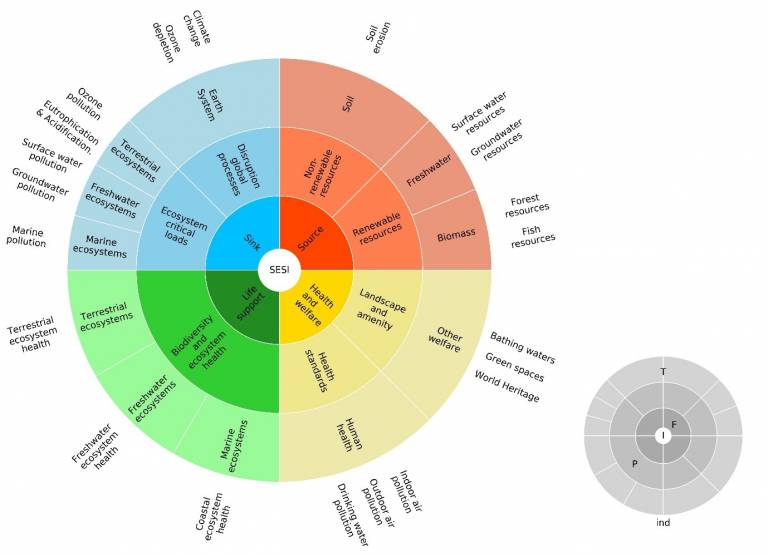Measuring the environmental sustainability of countries: the ESGAP story
18 October 2021
Read the story of the Environmental Sustainability Gap framework told by Arkaitz Usubiaga-Liaño, Alison Fairbrass and Paul Ekins as part of our 10 years of ISR celebration

Written by Arkaitz Usubiaga-Liaño, Alison Fairbrass, Paul Ekins
In the late 1990s, Prof. Paul Ekins developed the Sustainability Gap (SGAP), a theoretical framework to address the lack of adequate metrics to monitor the environmental sustainability of nations. SGAP brought together key concepts such as strong sustainability, critical natural capital, environmental functions and science-based environmental standards. It also proposed novel indices that facilitated, amongst others, measurement of the environmental sustainability performance of countries, as well as progress towards or away from environmental sustainability. These novel metrics were intended to better communicate different aspects of environmental sustainability to high-level decision makers and to the general public.
During the early 2000s, Prof. Ekins published several papers on SGAP. These papers further developed key concepts of the framework and described the links to the environmental-economic accounting practices available back then. However, while the framework was conceptually sound, limited progress was made in the quantification side due to the lack of sufficient data. Over time, these papers have been cited widely in theoretical discussions of sustainability measurement and by those proposing sustainability indicators, but the actual uptake of the framework was limited beyond academia.
In 2013, SGAP got a second push through the allocation of eight BHP Billiton funded PhDs to its implementation. Each PhD addressed a different environmental topic. In their first year, these eight PhDs focused specifically on the SGAP framework, and then moved on to broader sustainability considerations of their chosen topic. In 2015, a new PhD was devoted to the consolidation of earlier work and to the quantification for the first time of the environmental sustainability of countries across a range of environmental and resources issues. As part of this PhD, SGAP has been updated, further developed conceptually and renamed as the Environmental Sustainability Gap (ESGAP) framework, to stress its focus on the environmental dimension of sustainable development. More importantly, new metrics of environmental sustainability have been proposed and computed for European countries, thereby representing the first full implementation of ESGAP. These metrics are the Strong Environmental Sustainability Index (SESI) (see Figure 1) and the Strong Environmental Sustainability Progress Index (SESPI). This work is part of the ‘Sustainable resource-efficient economies and societies’ research theme of ISR.
As this last PhD was underway, research was picked up by the French Development Agency (Agence française de développement, AFD), who reached out to Prof. Ekins about the possibility of implementing the framework in less industrialised countries. Guided by the methodology developed for European countries, the work with AFD has led to national pilot studies in New Caledonia, Vietnam and Kenya. These pilot studies have shown the potential of ESGAP to highlight threats to environmental sustainability in those countries, while at the same time have revealed relevant data limitations that need to be addressed. Through internal UCL funding, additional pilot studies are being undertaken in China and Japan, and a new PhD is using the Bahamas as a case study. As can be seen, the ESGAP framework is gaining momentum. It has been featured in the second Measuring Progress report of the United Nations Environment Programme and there is an increasing interest from a range of national and international organisations.
The ESGAP framework and the underlying metrics have the potential to embed strong sustainability in countries’ environmental targets, to contribute to the ‘Beyond GDP’ debate and to better communicate the urgency around reducing environmental degradation.
Firgure 1: Structure of SESI

SESI comprises 21 indicators arranged in four layers. Thus, indicators are aggregated into environmental and resource topics (T). The topics are aggregated into sustainability principles (P), while the latter are aggregated into broad environmental function categories. Finally, this information is aggregated into a single index, SESI. More information can be found here.
This work is part of the ‘Sustainable resource-efficient economies and societies’ research theme of ISR. Additional information can be found in the following documents:
 Close
Close

